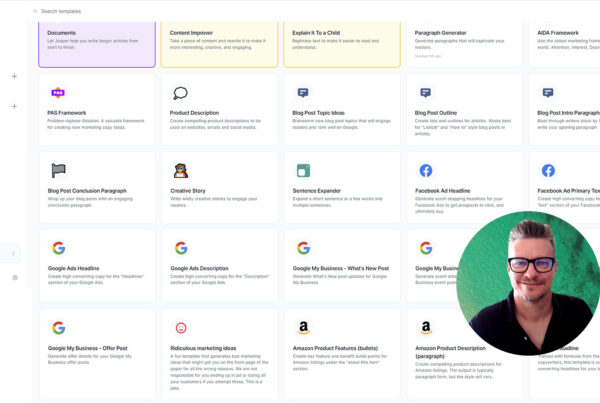If your company’s organic search results aren’t what you wish they were, check out these key tricks to know and implement. If you arent utilising these tricks currently get in touch and we can implement then for you.When it comes to search engine optimization (SEO), there is no magic bullet. Effective SEO boils down to doing a lot of little things well. Imagine building a house — each brick that goes into the foundation plays a vital role in creating a solid structure. A website is similarly comprised of a large number of building blocks, each of which needs to be given a proper level of attention to maximize your site’s visibility. Following are 11 steps marketers can take to get more out of organic search.
1. Optimize your title tags: The title tag is the most important tag on a page. It’s like the title of a book in that it should tell the search engine spiders exactly what the page is about. Also, bear in mind that the title tag forms the link in the search engine results page (SERP), so think about giving it a keyword-rich call to action to help it stand out from the crowd.
2. Add a robots.txt file: This is a simple file that sits in the root of the website. It’s one of the first files a search spider will look for as it begins a site crawl, so make sure you have one — it helps to control where the spider can and cannot go and hence what it can and cannot see.
3. Include sitemaps (HTML and XML): Google doesn’t share much in the way of how to optimize for its algorithms, but the search giant does recommend that you add an HTML sitemap, and when Google talks, you should listen. Make sure you include the entire site, break it into multiple pages (no more than 100 links per page) and update it regularly so it accurately reflects the structure of the site. Add an XML sitemap designed specifically for search engines. This is particularly important for large sites that spiders are having trouble indexing. Verify the sitemap with the Google webmaster console and receive useful data back about your site.
4. Write high-quality, unique content: After all these years, content still rules. Good quality content will help attract links to your site as people refer to it and that same content will work to keep them on your site after they arrive. From a search engine perspective, spiders love content, so the more you can provide them, the better. And don’t limit yourself to text — images and video can help to showcase additional brand messages and attributes. But whatever content you do serve up, just make sure it is in an accessible format.
5. Insert meta-tags for top-level pages: While not nearly as important as they used to be, optimized meta-descriptions are still worth adding to your key landing and top-level pages. Well-wrought meta-tags will help entice users to your site from a SERP.
6. Conduct keyword research: There’s no point in ranking for keywords that your target audience is not using, so make sure you know what your customers are searching for and the terms they’re using to find you. To improve your chances of connecting with interested users, structure your site around keywords and themes that reflect their vernacular, not your internal marketing-speak. Remember that you want to help both visitors and search engines build a complete picture of your site.
7. Don’t neglect your internal link structure: There’s more to SEO and boosting your search rankings than getting links from other sites. Devote some attention to your internal link structure. Embed your target keywords into the internal links and help reinforce the key landing pages to the spiders; don’t just use “click here,” “next” and “more.”
8. Think about pages you want to rank and those you don’t: This is something that’s closely tied to the internal link structure. For brand searches (typically the most significant source of traffic for any site), the home page often ranks first, followed by privacy policies, contact us and terms and conditions pages. The home page is a good destination to steer interested visitors, but the privacy policy and T&C pages generally are not the places you want your users to hit first, so try to sculpt the flow of page rank to the key site landing pages instead.
9. Get more from analytics: Make sure you set up your analytics package correctly so it separates the sources of your traffic. There’s no point spending a lot of time and effort on search engine marketing only to find that your analytics software was not configured to separate the paid search traffic from the organic traffic.
10. Submit to the main directories: Make sure your site is listed in all of the main directories, such as Yahoo!, DMOZ, Business.com, JoeAnt, etc.
11. Emphasize internal education: Everyone within your company can make a difference, particularly when it comes to a natural search campaign. Make sure all departments, from marketing to IT to PR to product development, know why the company is undertaking an SEO program and how they can contribute. Run regular sessions to update staff and inform them about how the campaign is progressing.
Last, but certainly not least, remember that SEO is not a set-and-forget process, but rather, one of ongoing improvement. Anytime you make changes to the structure of or content on your site, review the relevant steps in the optimization process to make sure you get the maximum benefit from these changes. Search can help you connect with your customers, but you have to make sure you’re supplying the search engines with the right connective tissue.
Tlak to us today about any aspect of Search Engine Optimisation and Marketing.




